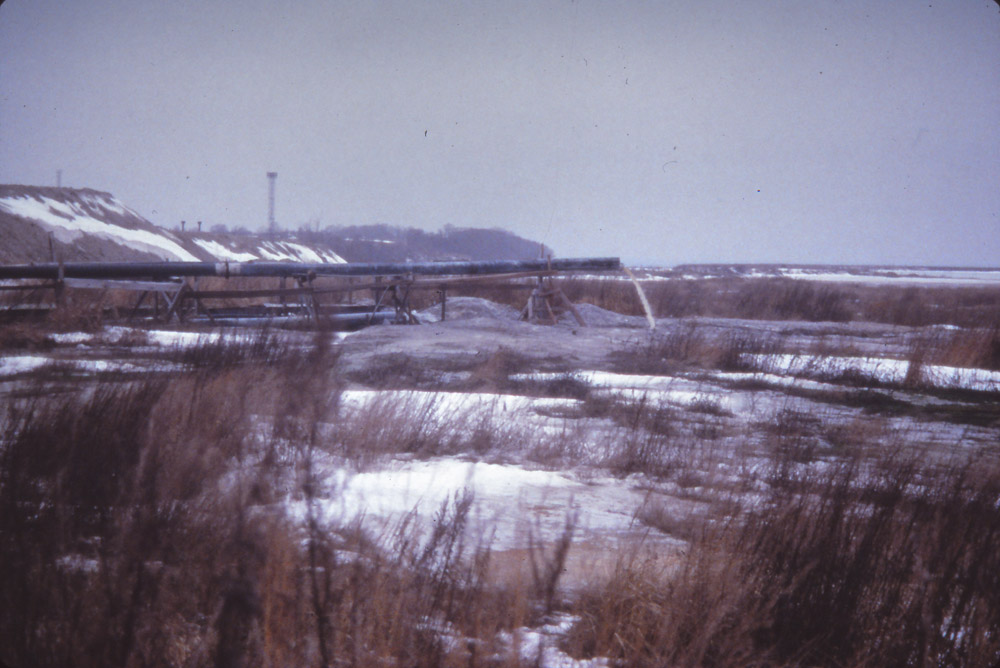Cleaning Up One Of The Soviet Union’s Messes
If you’ve followed me for a while, you’ve probably seen parts of this story. A longer version was posted for a while, but then Stanford University cleaned out all websites that used Drupal, so it’s gone now.
This week I refound a video that I like because it explains a lot about the Silmet rare-earths refining plant at Sillamäe, Estonia.
I became involved with Sillamäe in 1998, when NATO wanted Los Alamos to hold more of its Advanced Research Workshops with the recently independent states that came out of the Soviet Union. We held an ARW in Tallinn in October 1998 on how to remediate the kilometer-long tailings pond from the plant.
The plant had refined uranium to yellowcake up until 1986, when the USSR and the US realized that tens of thousands of nuclear weapons were too many. Then it switched over to rare earths, which require much the same equipment for processing. The video shows some of that equipment.
The waste was dumped in the tailings pond. Its dam was maybe 25 meters from the Baltic Sea, and rain percolated through it to deliver heavy metals, some radioactive, to the sea. Here’s what that looked like on my first visit in January 1998. There was also concern that the entire thing could slip into the sea.

My Estonian partner, Tõnis Kaasik, used the book we developed from the presentations at the ARW as part of his argument to the EU to help fund the cleanup. The EU provided €25 million, and the government of Estonia provided the rest. The cleanup was completed in 2009.
From the start, the Estonian government wanted economic development to be part of the plan. Sillamäe is in the northeastern part of the country, where many Russian speakers live. Unemployment there soared with the collapse of the Soviet Union. Development of a port was therefore part of the plan.
The video is from 2011, and thus shows the port in an early stage of development. The port has a website with a great overview photo of the area. You can see the plant to the left of the green area, which is the remediated tailings pond. The port has recently added a truck stop for truckers headed into Russia via Narva, about 20 kilometers away. I don’t know what Russia’s attack on Ukraine has had on truck traffic.

Because rare earths have become important to modern electronics, there’s been a great deal of concern about China’s role in supplying them. Refining them can be a dirty business, but part of the remediation work was improving the processes at the plant to minimize wastes. The tailings pond is no longer needed, although some wastes still are produced. I keep wondering why nobody has looked at what Silmet is doing to build more plants.
MolyCorp owned Silmet for a short time, but they went bankrupt for other reasons and sold the plant. They gave us that nice video, though. The corporation is now NPM SIlmet OÜ.
I’m pleased to have had a part in the project and proud of the great job my Estonian partners have done.
Cross-posted to Nuclear Diner


